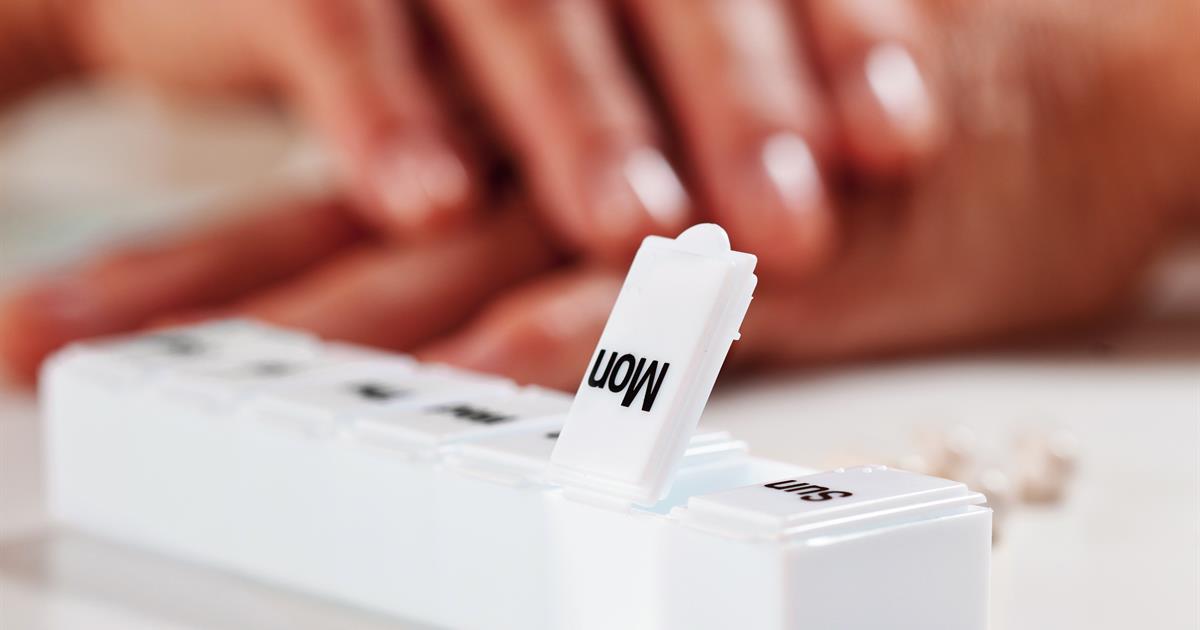Options To Treat And Prevent Insulin Shock
Insulin shock, medically known as severe hypoglycemia, is a condition that may affect individuals with diabetes. It is considered a medical emergency, and urgent treatment is required. Insulin shock occurs when a patient has too much insulin in their blood, resulting in too little blood glucose. Patients who take insulin injections are particularly at risk of this, especially if they take insulin and skip their next meal or if they exercise too frequently. Insulin shock can also happen if a diabetic drinks alcohol on an empty stomach. Symptoms include sweating, dizziness, shaking, rapid heartbeat, anxiety, and feeling hungry. If patients notice these symptoms, they should check their blood glucose levels. If readings are too low, they should consume fifteen grams of glucose, preferably in the form of tablets or gel. If glucose isn't available, high-sugar snacks like fruit juice, raisins, or candy may help bring glucose readings back to an adequate level. The steps outlined below can help in the treatment and prevention of insulin shock.
Call For Emergency Medical Assistance

If diabetes patients experience any of the symptoms of insulin shock and cannot get their glucose readings back to normal levels within fifteen minutes after eating a high-sugar snack, they should call for emergency medical assistance. It is particularly important to call for help and not try to wait and see if things will improve. Insulin shock can worsen rapidly, and patients may start to experience slurred speech. If glucose numbers are not normalized promptly, patients may lose consciousness and could even fall into a coma. Emergency medical technicians can administer glucose gel and intravenous medications to raise blood glucose levels quickly and safely. Most patients with insulin shock will need to go to the hospital to be monitored for at least a few hours and sometimes overnight. Doctors will check blood sugar readings regularly at the hospital to ensure the patient can maintain adequate levels.
Keep reading to get the details on another method of dealing with insulin shock.
Consume Glucose Tablets

Glucose tablets are special oral medication individuals with diabetes should carry with them at all times. Many diabetes patients take medications that can make them prone to developing insulin shock. Since this can often be triggered by exercise, doctors often advise these patients to carry glucose tablets with them while at the gym and during all physical activities. Glucose tablets are more effective at raising glucose levels than fruit juice and high-sugar snacks. The tablets are chewable and come in a wide variety of flavors. For patients who cannot chew to consume glucose tablets, glucose gels, powdered glucose, and liquid glucose formulas are all available. Patients can get these products over-the-counter at pharmacies, and many doctors advise they always have more than one package with them in case of emergency.
Read more now to get to know additional treatments for insulin shock.
